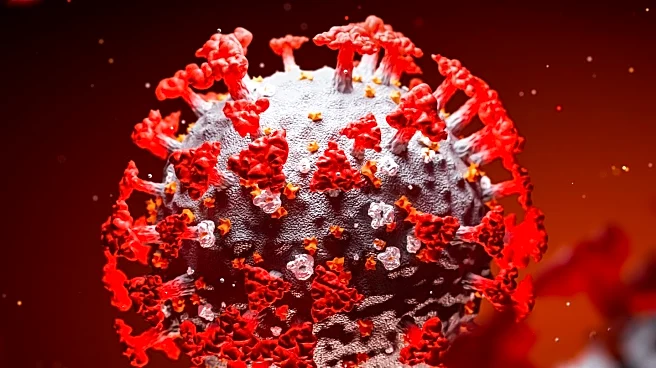What's Happening?
A recent study has identified a nonlinear relationship between the red blood cell distribution width to platelet ratio (RPR) and 90-day outcomes in acute ischemic stroke (AIS) patients. The study found
that an RPR value of 0.33 serves as an inflection point, with different associations on either side of this value. The research highlights RPR as an independent risk factor for adverse outcomes in AIS, suggesting its potential as a predictive biomarker.
Why It's Important?
The findings of this study are significant as they provide a new perspective on the prognostic evaluation of AIS patients. By identifying RPR as a risk factor, healthcare professionals can better stratify patients based on their risk of adverse outcomes, allowing for more targeted interventions. This could lead to improved rehabilitation strategies and reduced complications, ultimately enhancing patient care and outcomes in AIS.
What's Next?
Future research is needed to validate these findings across diverse populations and settings. Multicenter studies could confirm the general applicability of the RPR inflection point, potentially leading to its integration into clinical practice. Additionally, further investigation into the mechanisms linking RPR to stroke outcomes could provide deeper insights into AIS pathophysiology.
Beyond the Headlines
The study underscores the importance of inflammation and coagulation in AIS prognosis. Understanding these mechanisms could lead to the development of new therapeutic strategies targeting these pathways, offering hope for improved management of stroke patients.











